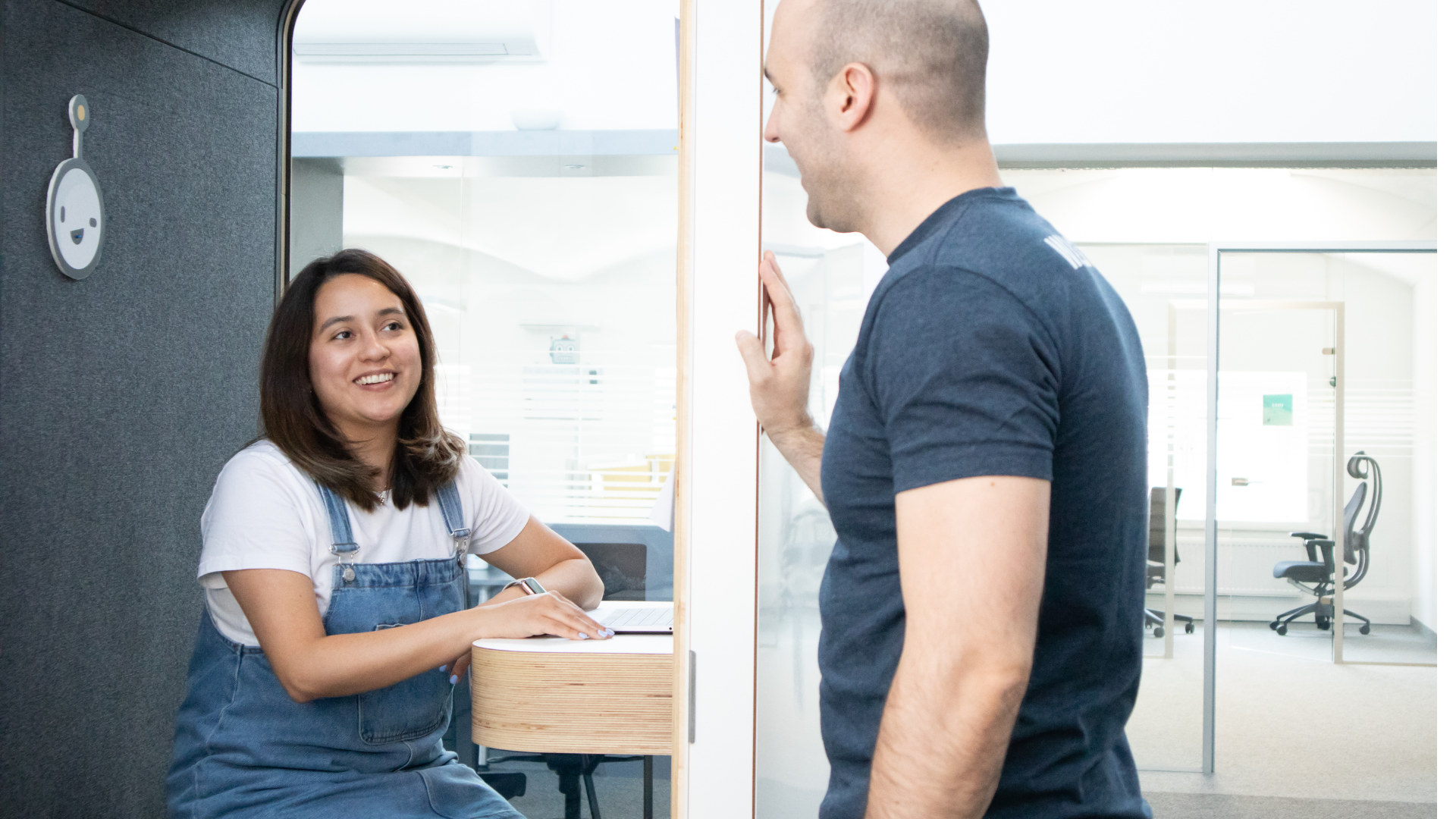Transforming underutilized office spaces is now a top priority for real estate teams and facilities managers navigating the hybrid work era. Maximizing space utilization while fostering collaboration and engagement is key. Often, underutilized office spaces – whether it’s an empty corner, a seldom-used conference room, or a forgotten lounge – hold untapped potential to enhance employee experience. Before committing to major renovations, consider these quick, easy changes that can help breathe new life into your office. Later, with insights from workplace analytics platforms like Capella, you can make data-backed decisions for more significant transformations.
Quick Wins for Transforming Underutilized Office Spaces
- Convert Nooks into Focus Areas
That small, awkward corner? It can become a productivity hub. Add acoustic panels, a comfortable chair, and a small desk to create a quiet, reservable focus space for deep work.
- Introduce Pop-Up Collaboration Zones
Transform underutilized meeting rooms into agile collaboration areas with lightweight furniture, whiteboards, and soft seating. These zones provide a flexible space for brainstorming without the need for booking a full conference room.
- Repurpose Unused Meeting Rooms into Wellness Spaces
Offices often have meeting rooms that sit empty for long stretches. Try converting one into a meditation pod, nap nook, or quiet retreat where employees can recharge.
- Activate Hallways and Transitional Spaces
Wide hallways or transitional spaces can become micro-meeting hubs. Add high-top tables or standing desks to encourage quick huddles without taking up formal meeting space.
- Reinvent the Break Room
The traditional break room can double as a social and creative space. Simple additions like board games, puzzles, or comfortable lounge seating can turn this space into an area that fosters connection.
Leveraging Workplace Analytics for Smarter Space Planning
While these quick interventions can immediately boost engagement, long-term office design changes should be data-driven. Workplace analytics platforms like Capella provide real-time insights into how employees actually use office spaces, helping teams make informed decisions. Here’s how:
- Data-Driven Desk Reallocation
If data shows that certain neighborhoods or desks are consistently underutilized, consider repurposing these areas for more dynamic work settings, such as hot-desking zones or collaboration hubs.
- Optimizing Conference Room Usage
If smaller huddle rooms are in higher demand than large boardrooms, real estate teams can reconfigure spaces to align with employee needs. By resizing or repurposing underutilized large rooms and incorporating modular, flexible designs, offices can remain adaptable, ensuring they support both current and future workplace demands.
- Enhancing Social and Community Spaces
Usage patterns may reveal the need for more informal social areas. Offices can allocate space for lounge seating, coffee bars, or casual meet-up zones that encourage spontaneous collaboration.
- Smart Tech Integration for Efficiency
Using sensor data, real estate teams can automate lighting, temperature, and occupancy-based alerts to enhance comfort and energy efficiency. Additionally, integrating workplace management software, AI-powered analytics, and mobile booking apps can further streamline space usage and enhance employee experience.
🔎Discover how Capella’s workplace features can help optimize your office layout.
Final Thoughts
Rather than letting valuable office space go to waste, take small steps to experiment with creative uses of underutilized areas. By combining quick, low-lift enhancements with data-backed decision-making, real estate teams and facilities managers can design work environments that truly align with employee needs. Platforms like Capella make this process seamless—because honestly, who has time to manually track office space usage when Capella can do it all for you?




